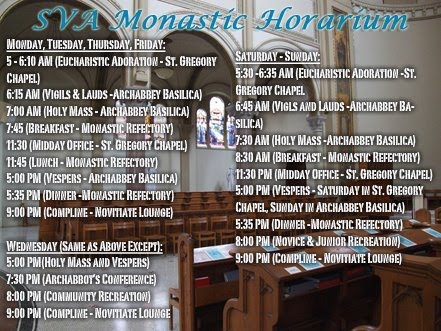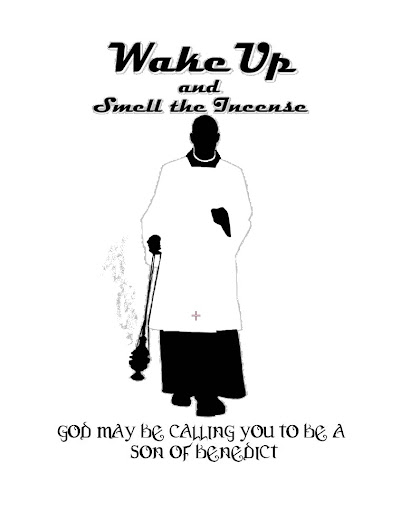Monastic Controversy:
Pure Prayer (Imageless Prayer)
Vs.
Anthropomorphic Prayer (Praying with mental images)
The structures of Monasticism developed drastically in Egypt during the 4th Century. In Lower Egypt lived the “Antonite” hermits who followed the example of their founder, St. Antony
 |
| St. Antony |
In Lower Egypt, the Antonite hermits took a highly systematic and philosophical approach to prayer. For the Antonites, prayer should be “Pure”. “Pure Prayer” is a lifting up of the mind to God in such a complete manner that all thoughts and images are expelled from the mind so that the light of the Holy Trinity may fill the soul, causing a state of ecstasy, a state of contemplation in which one lacks self-awareness. For the Antonite hermits, God is so “simple” that one’s mind cannot approach Him as long as it remains complex (i.e. filled with wandering thoughts, spiritual images and intellectual concepts).
On the other hand, the Pachomian monks of Upper Egypt tended to practice “Anthropomorphic Prayer” without exception, that is, using mental images to enhance their prayer. Whether it was creating mental images based on scenes from the Life of Christ or creating mental images based on various retreat conferences they listened to, the Pachomian monks loved to create these spiritual mental pictures in their minds.
The controversy between the hermits and the monks was not a major issue until around the year 400 A.D. when the Antonite monks convinced Archbishop Theophilus of Alexandria to condemn the use of prayer with images. This attack was aimed directly at the Pachomian monks. Thoroughly upset by this decree, thousands of Pachomian monks marched to Lower-Egypt with torches in hand to see the Archbishop.
 |
| Theophilus of Alexandria |
Overall, both “Pure Prayer” and “Anthropomorphic Prayer” remain part of the monastic tradition and the teachings of the Catholic Church. Neither of them can be condemned as invalid forms of prayer. “Anthropomorphic Prayer” cannot be condemned in light of the Incarnation; Jesus is “the image of the invisible God”. Because God became man, man has seen the “face of God” and therefore he can depict this “invisible God” in his mind. Likewise, “Pure Prayer” cannot be condemned based on the utter transcendence of God. Although we have come to intimately know our God in the person of Jesus Christ, God’s ways are higher than the ways of man’s. No matter how great our mental depictions of God are, all analogies will eventually fall short of God’s Greatness. Therefore, we must also approach our Wonderful God with the silence and stillness of “Pure Prayer”.










.JPG)












